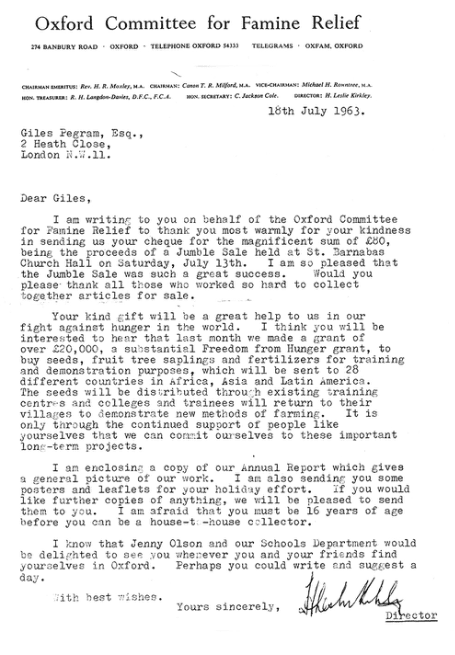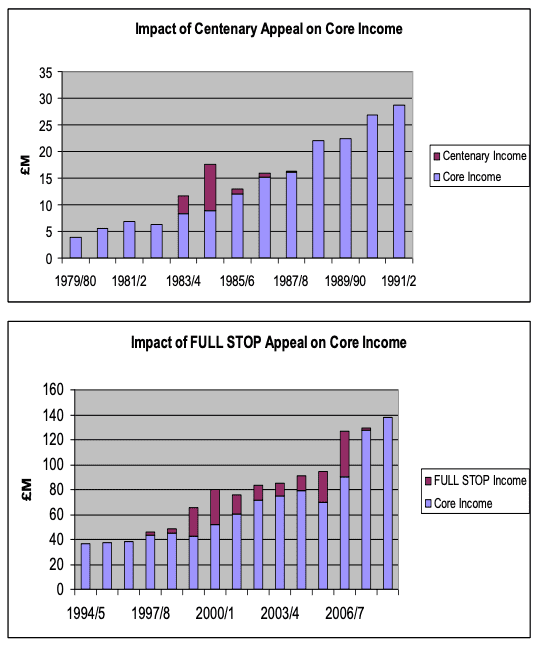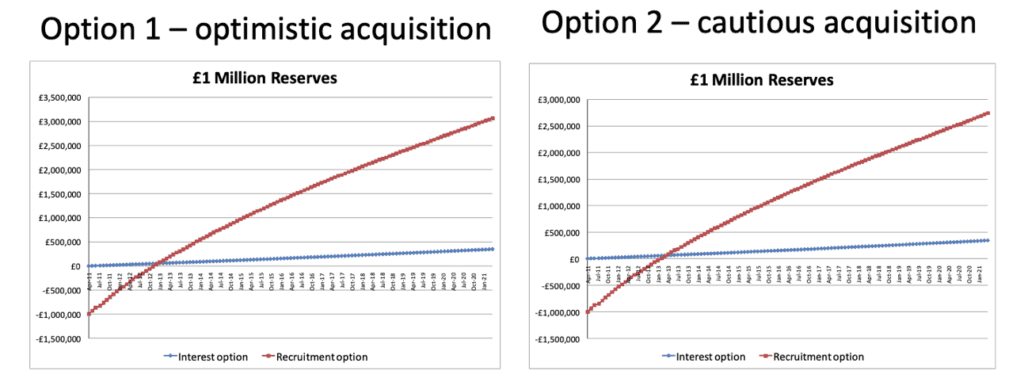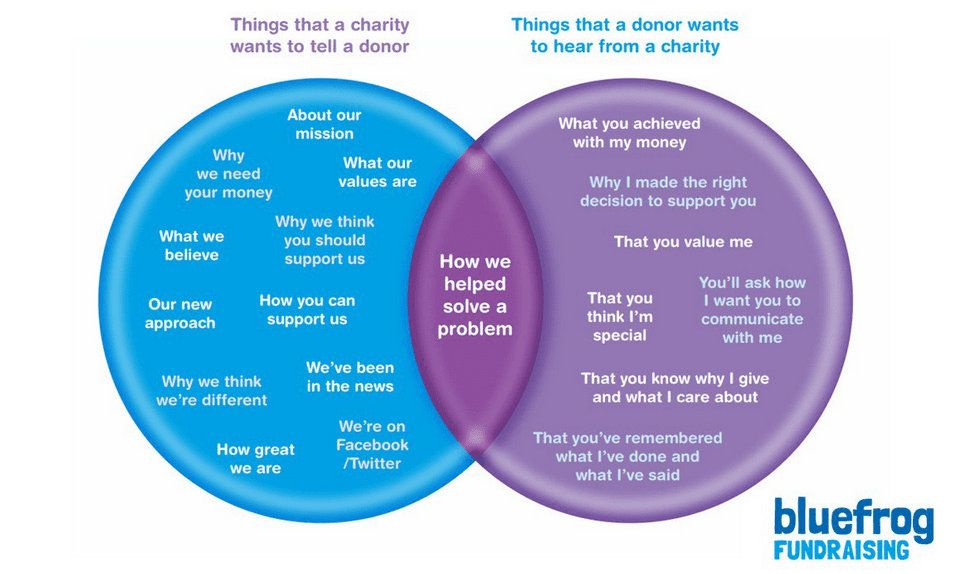Why do people give? The podcast with Giles Pegram

One of the breakthrough moments in my career came when I began to understand just how much we could learn from our fundraising predecessors about how we should raise money today.
I'm not talking about the last decade or so. I'm talking about going deep into the archives and digging into the techniques and practices that drove the huge growth of individual giving during the Victorian and Edwardian eras, understanding how fundraising was used to help build our great religious buildings in the middle ages and how fundraisers helped change the political landscape of the 20th century.
When you think what fundraisers have achieved historically, it's rather shortsighted to think that we have nothing to learn from them.
Organisations like Barnardo's, Save the Children, Amnesty International, The NSPCC, Greenpeace and Oxfam along with movements such as women's suffrage and anti-apartheid didn't arrive fully formed. They were built with the hard work and genius of fundraisers. Our colleagues from days gone by had to confront many of the same problems we face today – but without the support of the conferences, the technology, the books and the understanding of donor psychology that we have now. But they still managed to make the world a better place.
That's why I spend so much time reading about their work and hunting through the archives for examples of the campaigns they produced. It's amazing to realise that whatever technique we think of as new, has actually been done before – face to face, regular giving, high-value, mid-value, low- value, events, concerts, shops, legacies, in-memoriam, sponsorship, virtual giving, reporting back and personalised thanking have been around for many decades. And what's more astounding is that the ideas and tactics our fundraising forebearers developed, still boost income when we use them in the technologically advanced environment of today.
As a result, when I consider a fundraising problem I first look to the past and use that understanding to build for the future.
As part of my personal journey I've been spending time with the fundraisers who were involved in some of the most amazing campaigns from the second half of the 20th century to see what I can learn from them. And I thought it would be a good idea to share their thoughts and stories so everyone can benefit - so I recorded them.
The series is called Why Do People Give?
Today I kick off with an interview with Giles Pegram. Giles is one of the most successful fundraisers I know. He dramatically changed the fortunes of the NSPCC over the course of three decades, taking them from an income of under £5 million with reserves that would keep them going for just two months to an organisation with a huge national reach and an income of over 140 million a year.
You'll find out how he achieved this as he shares his thoughts on how to appoint and work with agencies, how to run successful capital campaigns, the importance of thanking, how he led his team, how he innovated and his thoughts about why innovation as a KPI or a department can be a problem. And obviously, his views on why people give.
But perhaps the most interesting and important lesson for today's fundraisers is how he created an approach that put control into the hands of the donors. By empowering them, he dramatically changed the fortunes of the charity as supporters took responsibility for both coming up with fundraising ideas and hitting targets.
You can download the podcast or simply stream it here. You can also find it on iTunes. If you like it, please give it a review. Just like donors, I love feedback. It's over an hour in length, but I'm not apologising for that. There was so much good stuff, I simply couldn't cut it out.
Resources
Giles came with some resources to illustrate his chat. You don't need to have them in front of you, but they are both interesting and useful so I've included them here. I've also added the video of the Oxfam Walk.



Elements from the NSPCC Centenary Appeal pack

With thanks to David at Crackles Audio who helped get me through the whole editing process and sorted out the final mix. Highly recommended.
Tags In
Related Posts
2 Comments
Comments are closed.
The Essentials

Crack the Code to Regular Giving: Insights, Strategies, and a Special Giveaway!

‘Tis Halloween. Keep to the light and beware the Four Fundraisers of the Apocalypse!

Why do people give? The Donor Participation Project with Louis Diez.

A guide to fundraising on the back of a postcard

What does the latest research tell us about the state of fundraising?









[…] of my key learnings from my conversation with Giles Pegram (you can listen to the podcast here) was the recognition that the techniques he used for the NSPCC appeals were not new – they […]
[…] while ago I met up with Giles Pegram to record his reflections and thoughts about why people give? (which you can hear here). As part of this discussion, Giles told me how he got into […]